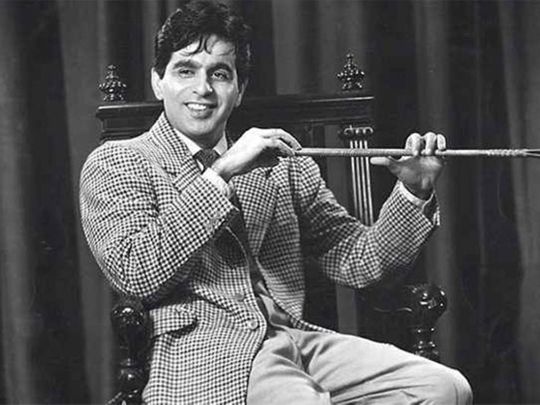In 1934, Indian cinema’s first diva, Devika Rani, and her husband, Himanshu Rai, set up Bombay Talkies, which produced several hit movies with Ashok Kumar and her in the lead in most of them.
Brought up and educated in England, Rani, along with Rai, had studied filmmaking in Germany.
While she contributed immensely to the development of the early cinema when the talkies had just begun, Rani’s single most important contribution to the Indian film industry would come a decade later when she introduced Yusuf Khan aka Dilip Kumar, who was to write Indian cinema’s grammar book on acting through myriad performances in the years to follow.
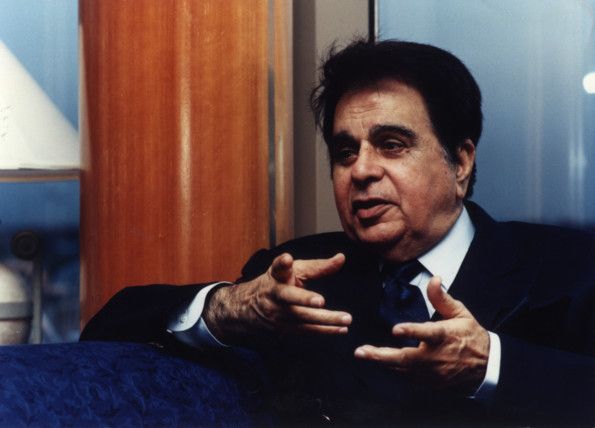
Image Credit: GN Archives
Kumar, though, wasn’t sure if this was the track he was supposed to choose, knowing that his father was strictly against watching movies, let alone acting in them.
Lala Ghulam Sarwar Khan would often snub his close friend Basheshwarnath Kapoor on why he had allowed his handsome, strapping son Prithviraj to work in films. Less than a couple of decades later, Khan’s son and Prithviraj were to work together in the epic ‘Mughal-e-Azam’ under maverick genius K. Asif’s baton.
Early years
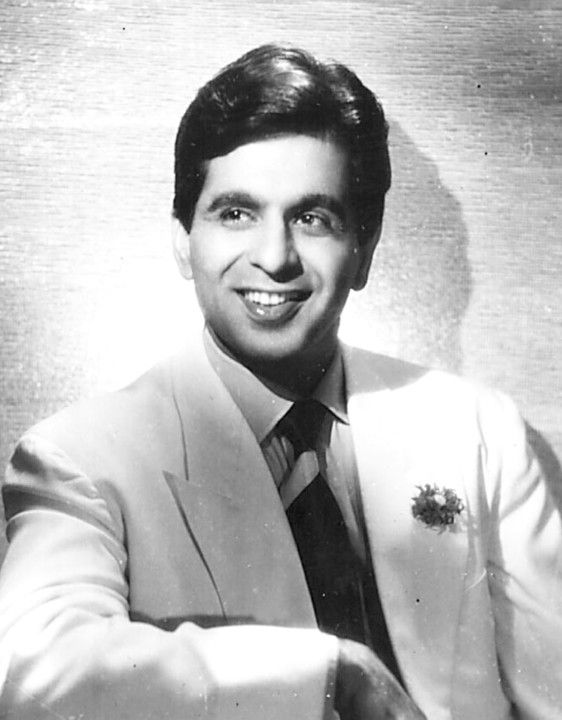
Image Credit: Courtesy of Anusha Gill
When Kumar finally made up his mind to join Bombay Talkies as an actor, thanks largely to a princely salary of Rs1,250 per month, he asked Devika Rani that he would work under a nom de guerre to keep it from his family, especially his father. He was given three choices: Jahangir, Vasudev and Dilip Kumar. Anything but Yusuf Khan, he said.
His excellent command on Urdu kept Kumar in good stead as he would assist the Bombay Talkies script writers, most of whom were Bengalis and not much at ease with the language.
His boss made sure he was present at all the shootings and other proceedings before his shaky debut in ‘Jwar Bhata’ (1944), directed by Amiya Chakravarty.

Image Credit: IMDB
Jwar Bhata was a disaster at the box office and Kumar gave every impression that he didn’t belong there. The unforgiving film critic and editor of now defunct Filmindia, Babu Rao Patel, wrote in his typically trenchant critique that it was an amateurish production. He was particularly dismissive of the debutant, describing him as “new anemic hero.”
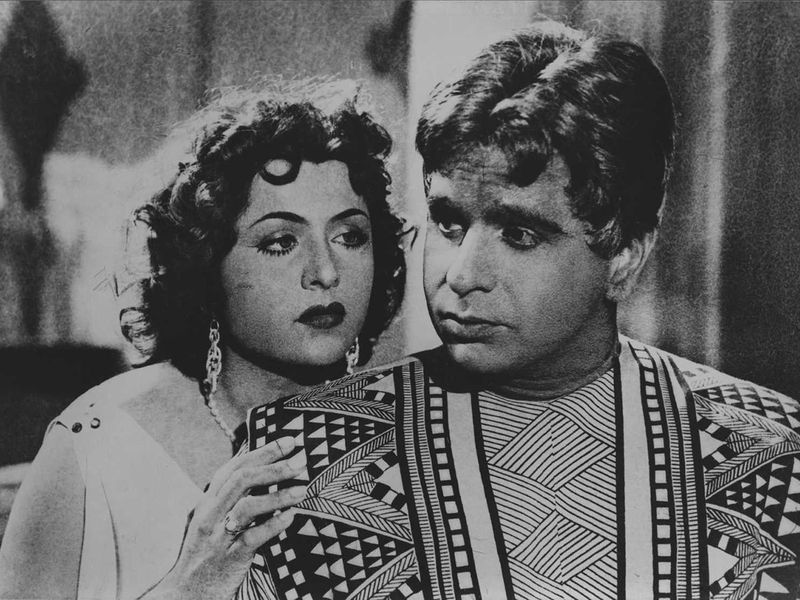
Image Credit: IMDB screengrab
Patel went on to say: “He looks gaunt and famished and strikes one as a long ill-treated convict who has escaped from a jail. His appearance on the screen creates both laughter and disappointment. His acting effort in this picture amounts to nil.”
A couple of years later, the same Patel had to write a telling compliment in his biting style: “What did Kamini Kaushal find when Dev Anand embraced her in Ziddi [1948]? She discovered that Dilip Kumar embraced her better in Shaheed [1947].”
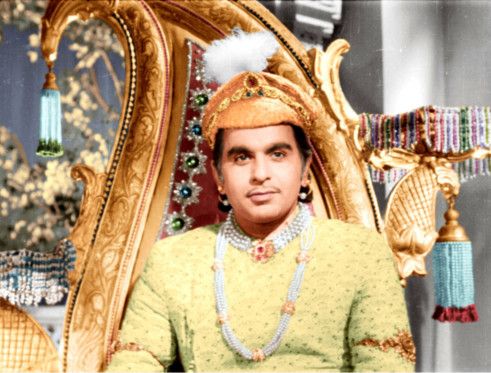
Image Credit: Supplied
But to get there, Kumar had to put in a lot of effort. He worked and reworked on his voice and expressions. To get a sense and feel of the craft and its nuances, he started binge-watching Hollywood movies. He was hugely inspired by James Stewart and Ingrid Bergman whose movies he would watch over and over again. Until then, he had watched just one or two movies.
After Jwar Bhata, Kumar worked again with Amiya Chakravarty in ‘Daag’ (1952) – written by Progressive Urdu writer Rajinder Singh Bedi – and won the Filmfare award for Best Actor. The award was established the same year. Kumar went on to bag it seven more times.
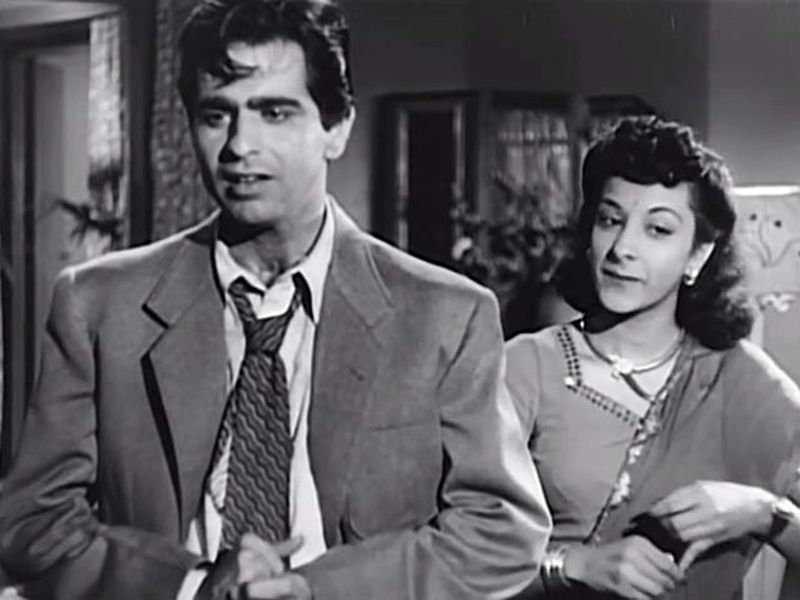
Image Credit: Screengrab from IMDB
Like Jwar Bhata, Kumar’s second film Pratima too tanked at the box office and his acting wasn’t notable either. It was in his third movie ‘Milan’ (1946) – not a runaway success though – that Dilip Kumar found his feet. Thanks to director Nitin Bose who groomed him meticulously. Bose helped him understand how to study the script and interpret roles.
Bose was to again direct him in the profound love tragedy ‘Deedar’ (1951), which won him the sobriquet Tragedy King. It was also the first major attempt, and an extremely successful one, at method acting by the thespian. He spent a lot of time with a blind fakir on the roads of Mumbai (then Bombay) to immerse himself in the character.
It was for the first time that a blind man was played by an Indian actor with open eyes on the screen. Earlier actors would keep their eyes closed while playing such characters. Kumar’s performance and Naushad’s music set to moving lyrics by Shakeel Badayuni turned the movie into a rage. Deedar also established Mohammad Rafi as the thespian’s playback voice.
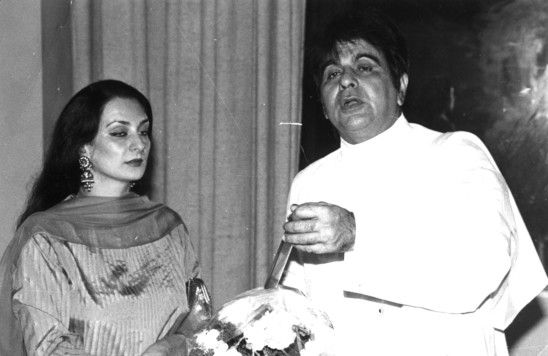
Image Credit: GN Archives
Between ‘Milan’ and ‘Deedar’, Kumar did exactly a dozen movies that established him as a superstar, none as distinct as ‘Andaz’ (1949).
‘Andaz’, a bold theme for its time, started a productive association between him and director Mehboob Khan. After the movie was released Kumar walked away with all the acclaim. This is the only film that features Kumar and Raj Kapoor together.
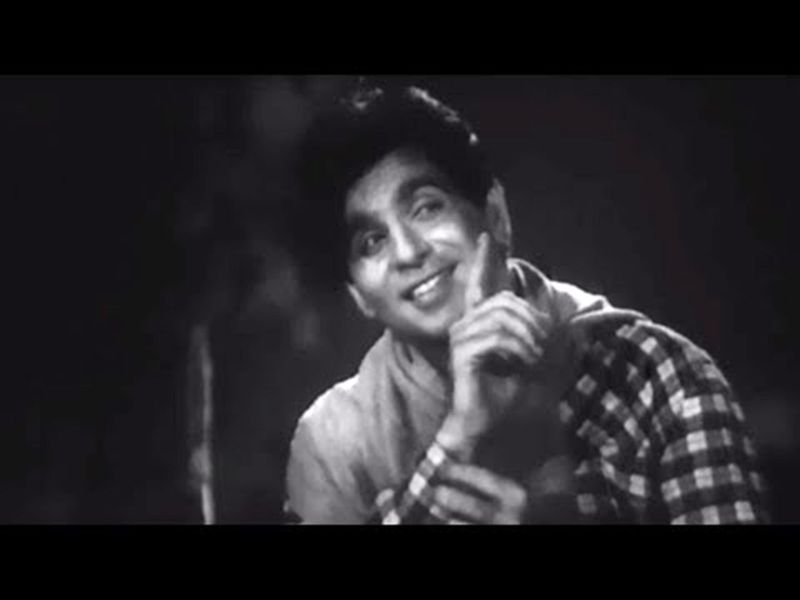
Image Credit: Screengrab from IMDB
With Khan, Kumar went on to make two more movies, ‘Aan’ (1951) and ‘Amar’ (1954) — both superhits riding on Kumar’s spectacular performances and Naushad’s brilliant music.
Other than Mehboob and Bose, there was another director who had an even greater influence over Dilip Kumar: Bimal Roy. Kumar did three movies with Roy — ‘Yahudi’, ‘Madhumati’ and ‘Devdas’ — all critically acclaimed.
Kumar’s stellar performance in ‘Devdas’ moved one and all, including the then prime minister, Jawahar Lal Nehru, who was swept off his feet by the melancholic portrayal of a doomed lover trying to drown his sorrow in alcohol. It was performances like these that prompted V Shantaram to exclaim: “Had Shakespeare met Dilip Kumar, he would have added one more character to the already well-defined ones he had created.”
So deep under the skin of his tragic characters — especially Devdas — did Kumar go that he had to consult a psychologist in London who advised him to take a break from such intense roles and choose some light, leisurely ones. And that’s how ‘Kohinoor’ and ‘Leader’ happened. Again, Kumar enthralled the cinegoers with his comic timing and showed that he was at equal ease with comedy as well.
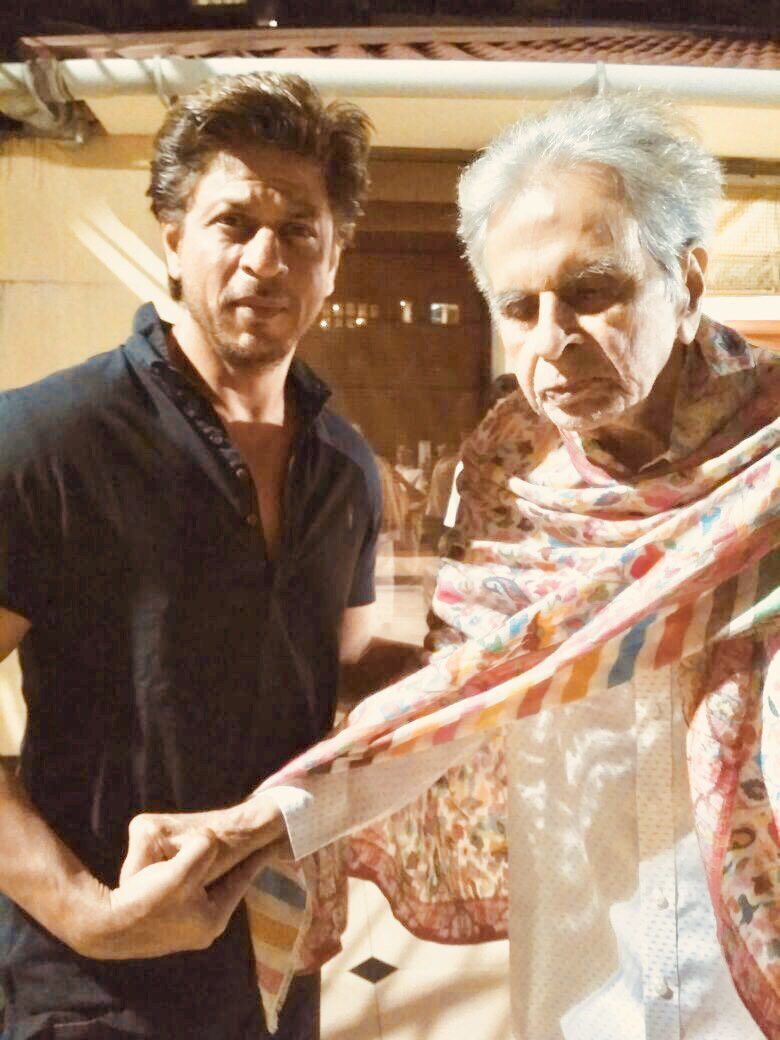
Image Credit: GN Archives
So committed was Kumar to his characters that he came under the tutelage of sitar maestro Ustad Halim Jaffar Khan for six months to give a realistic feel in the couple of Naushad-composed songs in ‘Kohinoor ‘in which he plays the sitar with a svelte Kumkum dancing to the classical tunes. It was not for nothing that Satyajit Ray called him the ultimate method actor.
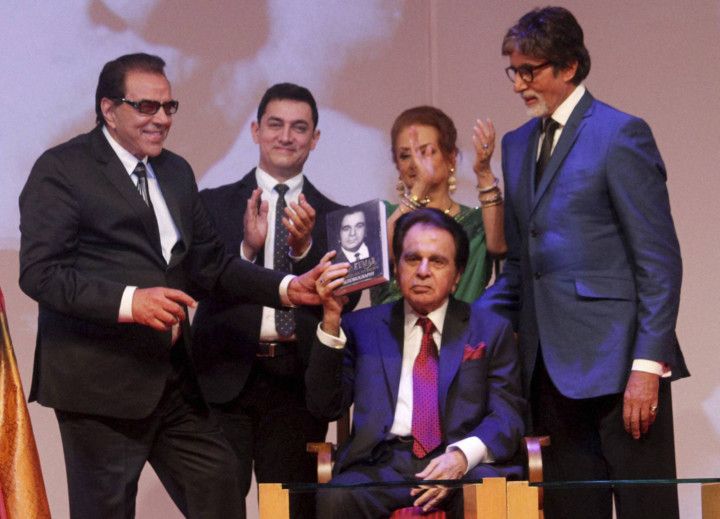
Image Credit: PTI
A polyglot extraordinaire, Kumar performed in Bengali film ‘Sagina Mahato’ leaving the Bengali viewers and critics in awe of his impeccable diction and acting. Noted actor Utpal Dutt wrote in his review: “Perhaps Dilip Kumar had come to Bengal thinking that he would give us Bengalis a lesson in the art of acting. I must admit that he did exactly that.”
— Shabir Hussain is a journalist based in Kashmir

